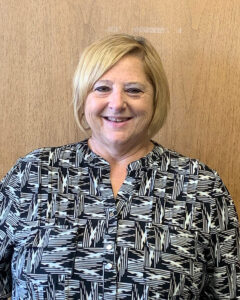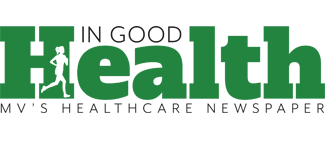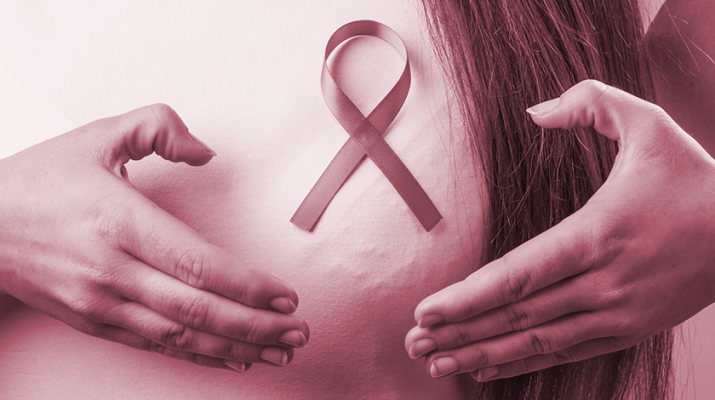June Hanrahan of Westmoreland and Nancy Kruglak of Cobleskill share their stories with In Good Health
By Jolene Cleaver

With October recognized as Breast Cancer Awareness Month, patients in the Mohawk Valley are reflecting on their diagnoses and sharing urgent prevention advice for others.
According to a late 2024 report from the American Cancer Society, an estimated 316,950 new cases of invasive breast cancer will be diagnosed in women in the United States in 2025, along with 2,800 cases in men. Breast cancer remains the most commonly diagnosed cancer among women nationwide.
For women like June Hanrahan of Westmoreland and Nancy Kruglak of Cobleskill, early detection has proven lifesaving.
Their stories highlight the importance of consistent screening, particularly after the disruptions caused by the COVID-19 pandemic.
A call back that changed everything
“I have always been an advocate for women to get their mammograms. So I always practice what I preach,” said Hanrahan. “I did the self-exams and all of that. So ‘wonderful’ COVID came and we couldn’t go and have our mammograms. I had my first mammogram in March of 2022; a couple weeks after that they called me back in and said they saw something kind of small but they wanted to do some more testing. I wound up going to have a biopsy. That was a Friday. On Monday the doctor called to say that I had breast cancer.”
Hanrahan, who turns 62 this month, said the abnormality in her left breast was about the size of a dime. It was so small she never would have felt it during a self-exam. She feels that if she had delayed her mammogram any longer, she likely would not have discovered it until it was much larger.
Hanrahan remembers initially being shocked by the news.
“But then I was like, ‘OK, what do we do now?’” she said.
Her treatment plan included a lumpectomy, a four-week course of radiation and a five-year medication regimen. She is now halfway through that medication plan and continues with routine imaging and screenings.
“So far, so good,” she said.
Remembering her initial treatment, she said she learned to reach out to friends and loved ones and let them help the journey. Support from friends helped her through the hardest days. A close friend accompanied her to every doctor’s appointment and every radiation session.
“So that is my story and I am very, very thankful,” Hanrahan said. “Because had I been one of those people who don’t go for mammograms, once you get back into it, my story could have gone very differently.”
An unexpected discovery
For Kruglak, 59, the discovery of breast cancer came as a complete surprise.
In August of 2023, she went in for a routine mammogram. “They told me there was a spot they wanted to check further,” she said.
An ultrasound confirmed cancer in her left breast. Further testing revealed that she also carried a hereditary CHEK2 gene mutation, a factor known to increase the risk of several cancers, including breast cancer.
The tumor itself was small enough to be undetectable to the touch. “It was so, so small,” she said.
Nevertheless, treatment began.
In October of 2023, she began chemotherapy and in March of 2024, she underwent a lumpectomy, during which surgeons also removed 18 lymph nodes that cancer had also spread to.
“It was like a splattering of paint on the lymph nodes,” she recalled the surgeons telling her afterward.
By April 2024, she began 30 consecutive radiation treatments.
Now she continues with frequent screenings and anticipates developing a longer-term action plan with her medical team.
Kruglak said she cannot imagine what would have happened if her diagnosis had been delayed during the pandemic.
“When I went for my mammogram, I had been going every year for years,” she said. “If it had happened (earlier) in COVID and I had missed my mammogram, it’s hard to imagine. So every chance I get I tell people to get their mammograms for sure.”
Gratitude amid the struggle
Throughout the process, Kruglak said she learned just how compassionate health professionals can be.
“There’s a lot of very kind people in that profession,” she said. “I had a wonderful team that I am so grateful for. … It was good because of the people who I spent time with.”
Raising awareness through experience
Both women emphasize that their diagnoses were caught because of annual mammograms. Neither felt a lump and in both cases the cancer was only visible through imaging.
Their experiences echo national recommendations urging women to prioritize regular screenings, even when circumstances such as the pandemic make scheduling difficult.
Hanrahan and Kruglak said they hope their stories remind others to take preventive measures seriously and not put off mammograms.
For Hanrahan, early intervention kept her treatment manageable. For Kruglak, routine screening revealed a genetic risk factor she otherwise would not have known about.

